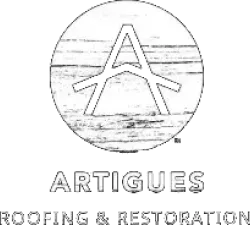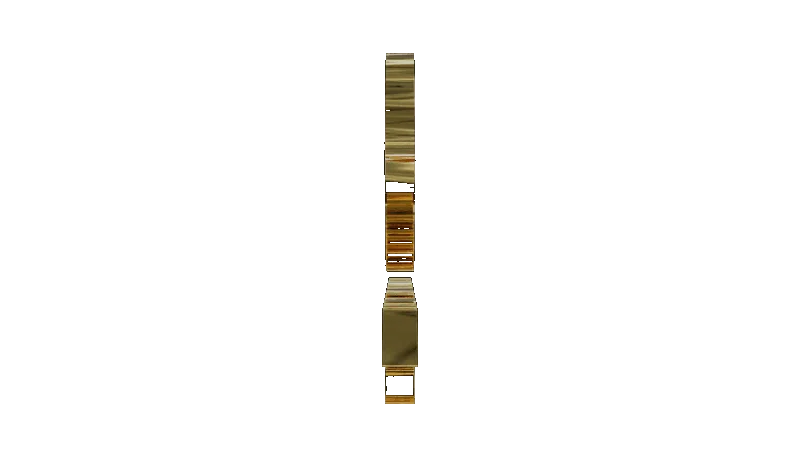
Edisto Island, South Carolina: Architectural Heritage and Cultural Legacy
Edisto Island, located off the coast of South Carolina, is a serene and historically rich barrier island known for its natural beauty and cultural heritage. Unlike its more developed neighbors, Edisto Island has preserved much of its original character, providing a unique glimpse into the past. This article explores the island's history, focusing on its architectural legacy and distinctive roofing styles, which reflect its cultural evolution.
Early Inhabitants and Colonial Era
The history of Edisto Island dates back thousands of years, originally inhabited by the Edisto people, part of the Cusabo tribes. These indigenous people thrived on the island’s abundant natural resources, including fish, game, and fertile land. European colonization began in the late 17th century, when English settlers established plantations to cultivate crops like indigo and rice, which would become economic staples.
The early architecture of Edisto Island was primarily utilitarian, reflecting the settlers' need to adapt to the local environment. The first structures were often simple wooden buildings, with thatched or shingled roofs providing essential shelter and storage. As the island's architectural landscape evolved, the influence of West African slaves, brought to work the plantations, became evident, particularly in the development of Gullah culture. Today, roof repair services on Edisto Island help maintain and restore these historic roofs, preserving traditional styles while offering modern, durable roofing solutions for both residential and commercial properties.
The Plantation Era and Architectural Flourishing
The 18th and 19th centuries marked the peak of the plantation era on Edisto Island, with grand homes built by wealthy planters showcasing their prosperity. These plantation houses were designed in Georgian and Greek Revival styles, incorporating architectural elements like symmetry, proportion, columns, and pediments.
Roofing played a critical role in the design, with steeply pitched roofs that facilitated rainwater runoff and provided attic ventilation. Common roofing materials included wood shingles, while wealthier planters often chose durable slate or metal roofs for their longevity and aesthetic appeal. The use of wide eaves and porches helped provide shade and cooling, essential for the island's hot, humid climate. If you own a historic property on Edisto Island, roof repair or restoration services can help preserve these traditional features, ensuring that your roof remains functional and true to the island's architectural heritage.
The Civil War and Its Aftermath
The Civil War caused significant upheaval on Edisto Island, as it did throughout the South. The war disrupted the plantation economy, leading to a period of decline. Many plantations were abandoned or fell into disrepair, and the island's population dwindled as former slaves sought new opportunities elsewhere.
Despite these challenges, the Gullah community remained on Edisto Island, maintaining their cultural traditions and influencing the island’s architectural landscape. Gullah homes were typically modest, single-story structures with gabled roofs and wide porches, blending African and American building techniques. The simplicity and functionality of these structures reflected the island’s resilience during a time of hardship, and they continue to influence the island’s architectural fabric.
Twentieth Century Preservation and Modern Development
The 20th century saw renewed interest in Edisto Island as a site of historical and natural significance. Efforts to preserve its unique heritage gained momentum, with many historic buildings being restored or repurposed. The island’s modern architecture is a testament to this commitment, with a mix of preserved historic structures and new developments that respect the island’s character.
Contemporary architecture on Edisto Island often incorporates traditional elements, such as metal roofing, which offers both durability and a nod to historical styles. The island's building codes emphasize environmental sustainability and harmony with the natural landscape, ensuring that new construction complements the island's historic fabric.
Roofing Styles of Edisto Island: Merging Tradition with Modernity
The roofing styles on Edisto Island reflect the island's history and cultural heritage. From the early wooden shingles to modern metal roofing, the evolution of roofing materials on the island highlights the intersection of traditional craftsmanship and modern construction practices. Below are some key roofing materials used on the island:
Wood Shingles: Traditional wood shingles were commonly used during the colonial and plantation eras. This roofing material provided effective protection against the island’s humid and rainy climate. While wood shingles are less commonly used today due to maintenance concerns, they remain a significant historical feature of Edisto Island’s architecture.
Slate Roofing: Wealthier plantations favored slate roofing due to its durability and aesthetic appeal. Slate is highly resistant to the island’s coastal weather, making it a long-lasting choice for high-end properties. Restoration efforts on historic homes may include the use of slate tiles to preserve the original aesthetic and integrity of the building.
Metal Roofing: Metal roofing has become a popular modern choice for Edisto Island homes due to its longevity, energy efficiency, and ability to withstand the coastal climate. It is resistant to wind, rain, and saltwater corrosion, making it an ideal roofing solution for the island’s weather conditions. This material also nods to the island’s historical roofing methods while providing a more practical, sustainable solution.
Asphalt Shingles: Asphalt shingles are a more modern and cost-effective roofing option found on many Edisto Island homes. They are easy to install, come in a variety of colors, and provide adequate protection against the island's elements. Many homeowners choose asphalt shingles for their affordability and durability.
Conclusion: Edisto Island’s Architectural and Roofing Legacy
Edisto Island, South Carolina, is a place where history, culture, and architecture beautifully intersect. From its indigenous roots to its plantation prosperity, the island's architecture tells the story of its diverse past. The commitment to preserving Edisto Island’s heritage is evident in its roofing styles, which blend traditional methods with modern solutions.
Whether through roof repairs, restorations, or new installations, Edisto Island’s buildings reflect the island’s resilience and ability to adapt. As the island continues to preserve its historic character while embracing sustainable development, it remains a living testament to Southern history and cultural continuity.
Edisto Island offers visitors and residents alike a glimpse into a rich past while embracing a future grounded in environmental sustainability. The island’s roofing choices, whether metal, slate, or asphalt, ensure that its homes will continue to stand strong for generations to come, preserving the island’s architectural legacy and honoring its cultural heritage.
AREAS WE SERVICE
AREAS WE SERVICE
NEED ANY ROOFING HELP? CALL US NOW!
GET YOUR FREE QUOTE OR INSURANCE CLAIM ASSESSMENT
By submitting your information, you agree to start receiving notifications and promotional SMS from Artigues Roofing. You can reply "stop" at any time to unsubscribe. I agree with the privacy policy and terms and conditions.

Go Above & Beyond with
Artigues Roofing &
Restoration
SERVICES
COMPANY
GET IN TOUCH
Email: [email protected]
Address: 75 Port City, Landing Suite 110. Mount Pleasant, SC. 29464.
NEED ANY ROOFING HELP? CALL US NOW!
GET YOUR FREE QUOTE OR INSURANCE CLAIM ASSESSMENT
By submitting your information, you agree to start receiving notifications and promotional SMS from Artigues Roofing. You can reply "stop" at any time to unsubscribe. I agree with the privacy policy and terms and conditions.

Go Above & Beyond with
Artigues Roofing &
Restoration
SERVICES
COMPANY
GET IN TOUCH
Email: [email protected]
Address: 75 Port City, Landing Suite 110. Mount Pleasant, SC. 29464.





